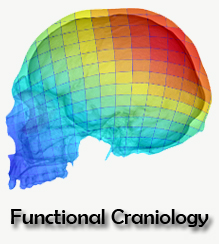
MRI (Magnetic Resonance Imaging) and PET (Positron Emission Tomography) are two of the most often utilized neuroimaging procedures. Even though their approaches are based on different physical principles, the information each offers is extremely complementary. While MRI uses a strong static field (in the tesla range) to align the magnetic moments of hydrogen nuclei, providing a static structural 3D image, PET uses the detection of the decay of a radiopharmaceutical ligand previously injected at a very low concentration, allowing functional visualization of specific molecular properties.
The combination of these —independently generated— images has proven to be extremely valuable in the study of a range of neurological diseases, including Alzheimer’s and Parkinson’s. However, when combining the two sources of information, some important challenges appear, such as some geometric inaccuracies due to the image quality of the scanners and the patient’s body position in each session. These obstacles were overcome by the creation of a hybrid method that merged PET and MRI in a single scanner. That new approach, unsurprisingly named ‘PET/MRI,’ was approved for public use by the FDA in June 2011, allowing for more accurate imaging results, an advance in medical diagnostic capabilities, and significant cost reductions for both patients and institutions.
The book Hybrid PET/MR Neuroimaging, edited by Ana M. Franceschi and Dinko Franceschi, is a collection of papers about these new methods combining static and functional neuroimages. The first section provides a brief overview of each technique, discusses the difficulties encountered during the merging process, compares this approach with other important hybrid techniques such as PET/CT, and discusses current developments and upcoming trends, with the application of artificial intelligence (AI) being one of the key advancements. The specific applications of PET/MRI in the research of neurological disorders, epilepsy, neuro-oncology, CNS inflammatory and infectious illnesses, its usage in pediatrics, and cerebral vascular imaging, are covered in the sections that follow. This book appears to be an excellent introduction to this technology, which, according to the preface, has come to transform imaging for patients with neurodegenerative diseases.
Rafael Gallareto







Leave a comment